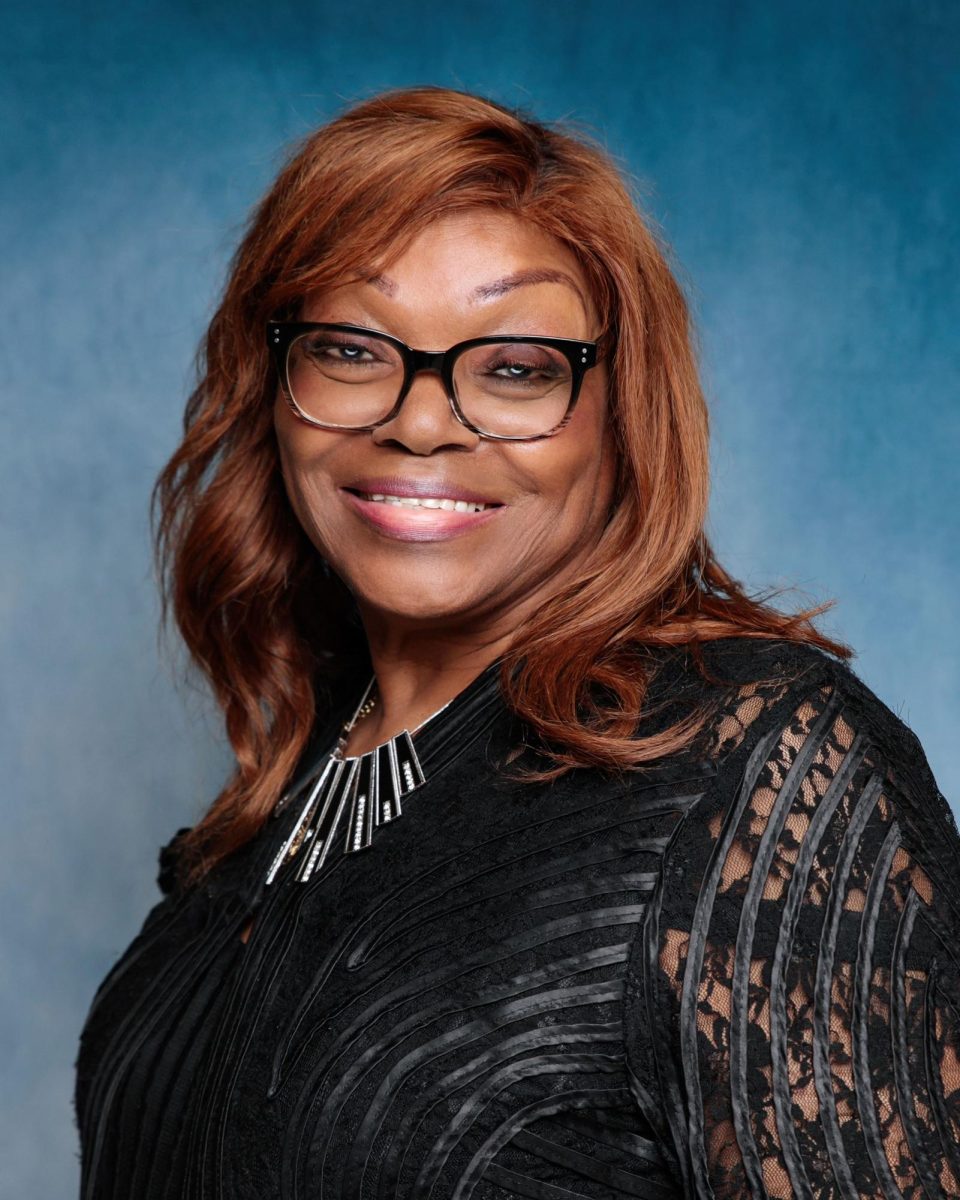Campus protests are a matter of when, not if, for the underrepresented
November 16, 2015
Letter to the editor from Johnathan Flowers, a doctoral candidate in philosophy.
Previously, I have written for the Daily Egyptian about race and diversity. In charging the university to consider issues of race beyond the confines of “history months,” the piece initiated a conversation that has been muted by the budget crisis in which the university finds itself. In light of the recent events at the University of Missouri, some four hours from our campus, I feel compelled to write again about the situation concerning race and diversity within our own campus community.
As the point of this piece is to address the situation in our own community, I will not waste more than a few lines on Thursday’s “Our Word” column in which the Editorial Board of the Daily Egyptian said the following regarding the interaction of the press and activists at Mizzou: “They were in the wrong, and put more attention on themselves than the racial issues. The confrontation took away from the cause.” I cannot, in good conscience, agree with this assessment of the situation.
Advertisement
The morality of the activists’ actions aside, I find the implication that the activists “made [the] story about themselves” and “set back change,” disingenuous, particularly when the focus of the media is not on the activists engaged in the violation of Tim Tai’s First Amendment rights, but the fact that the rights were violated in the first place. It is as though the media or its audience were hungry for anything but a public engagement with the institutional racism these activists sought to highlight.
I might even venture to say the media or its audience were so uncomfortable with the prospect of students — black students — coming together to demand equal rights that they sought anything to turn their eyes towards. While I do not deny the importance of the encounter between Tai and activists, I view the media’s focus on the violation of Tai’s rights as another example in a pattern of deflection of attention away from the institutional issues that resulted in the need for the protests at Mizzou.
Putting the situation at Mizzou aside for the moment, I would like to turn towards another statement made in Thursday’s “Our Word” — one that engages our campus: “If something like this happens on our campus, we hope students and administrators will allow us to write about and photograph the event.” In my mind, “if” is not the word we should be using, particularly when we consider the cultural climate of this campus.
Let us be honest for a moment: SIU has a 100-to-1 black student to tenured and tenured-track faculty ratio, a 10-to-1 total female student-to-faculty ratio and a 42-to-1 ratio of black female faculty to black female students — the statistics for other underrepresented groups are not much better. These ratios are important, not simply because it indicates this is a very white, very male campus, but because there is a very real hesitance on the part of students of color and underrepresented students to approach a predominantly able-bodied straight white male professoriate with their experiences of oppression, as able-bodied straight white males are most often the ones visiting the oppression upon them.
Institutionally, this ratio between black students and black faculty is indicative of the way those faculty who share experiences with students of color and underrepresented are in the minority among their peers. That being said, the minority status of underrepresented professoriate makes it all too easy for those who would be advocates for minority and underrepresented students to be shouted down in departmental meetings, taskforce meetings and even on committees designed to address the very issues at question. Put simply, nothing is getting done because those in power are not listening.
Thus, as minority students regularly find themselves the subjects of racial, sexual and homophobic comments; victims of sexual assault rarely find justice through official channels; minority faculty continually find themselves silenced; and underserved students find themselves without anyone who understands their isolation and their struggle because of the lack of support services, the question no longer becomes if a situation like the one at Mizzou will happen, but when something like Mizzou will happen on our campus.
But why haven’t we seen this on campus? Why haven’t students occupied the Student Center, or the library lawn, or any of the other public spaces on campus? The simple answer is fear. There is a climate of fear that pervades this campus which paralyzes its student body, and limits its ability to act. We are afraid of the institutional retribution; we are afraid of the administration simply ignoring us; we are afraid of the perception of our predominantly white peers and mentors; and we are afraid that no one will stand with us.
Advertisement*
This fear is not limited to the students, undergraduate and graduate: Faculty are afraid. Our teachers are paralyzed by fear of the administration. They are afraid to bring to light the injustices visited upon them, and their students, by their peers and administrators. They are afraid of not finding justice through a system that promises them restitution. They are afraid of losing the positions that many have struggled through adversity to attain, and, most seriously, they are afraid to stand with their students against these injustices.
It is easy to understand why students are afraid, but why are faculty afraid? Put simply, they are isolated and kept afraid through threats — perceived or actual — to their departments, their positions, and their livelihood especially in a time when the university must “tighten its belt” to maintain operations. After all, in a situation where institutional support for minority students and faculty is tenuous at best, who wants to place their job on the line to stand against the institution?
When something like Mizzou happens on our campus, it will be the result of the situation here growing so intolerable that our suffering outweighs our fear. When it happens here, at SIU, it will not be because our athletics teams decided not to play (though that would be helpful) — it will be because we can no longer endure the kinds of conditions in our departments and classrooms that make the primary mission of the institution all but impossible.
It will be because we — students, faculty, staff — said with one voice “enough.”
Advertisement








